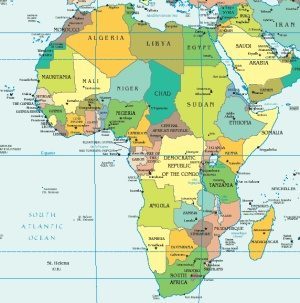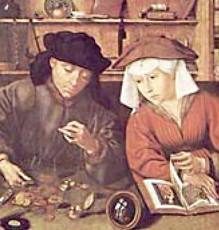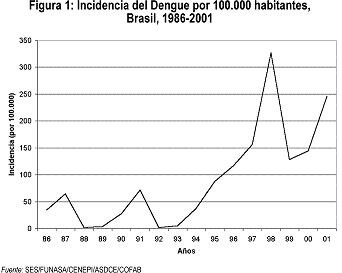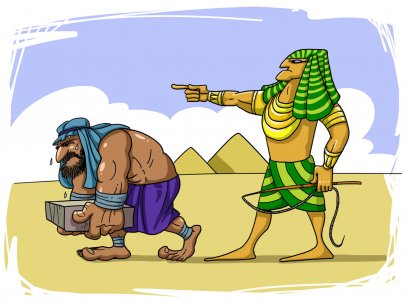 In the philosophical tradition initiated by Plato and Aristotle the idea of substance understood as the supreme genre of all things was introduced. In the lll century d. C the Neoplatonic philosopher Porfirio presented his own explanatory model in which a classification of substances is detailed. This model is known as the Porfirio Tree and in it a tree-like structure is established in which everything that exists is conceived gradually, that is, from the most general substance to the most particular.
In the philosophical tradition initiated by Plato and Aristotle the idea of substance understood as the supreme genre of all things was introduced. In the lll century d. C the Neoplatonic philosopher Porfirio presented his own explanatory model in which a classification of substances is detailed. This model is known as the Porfirio Tree and in it a tree-like structure is established in which everything that exists is conceived gradually, that is, from the most general substance to the most particular.
In the general scheme, three fundamental concepts are used; genus, species and individual. From them, there is a graduation from the most generic to the most concrete.
The philosopher's classification was a decisive advance in two senses
In the first place, a nominalist vision of reality was provided (for nominalism, there are no general concepts "outside of things", since concepts are simply names that serve to designate a series of properties grouped in things).
Second, their classification served as a reference model for the taxonomic divisions of the naturalists.
General approach to the Porfirio Tree
With his classification of everything that exists, Porphyry made a reinterpretation of Plato and Aristotle. From the first he adopted his general vision and in a special way his idea of substance. From the second, he adopted his vision of categories and applied them to the notion of substance.
Every substance is divided into two categories: compound and simple. Compound substances refer to a body, which is divided into two subcategories: animate and inanimate. Animated bodies are in turn subdivided into two: sensitive and insensitive. A sensitive body would be that of an animal. At the last level of the tree, animals are classified into two categories: rational and irrational.
As can be seen, the Porfirio Tree is a classification system based on dichotomies (one has or does not have a property) and on Aristotelian-type logic. In this way, man is defined as a rational animal.
This model is based on a relationship of subordination. In other words, a concrete individual implies a series of logical concepts that define it, since it is a rational being, an animal, a sentient, animate, living and composite being. And all these categories are integrated into the original idea of substance.
Photo: Fotolia - Rybkina2009









